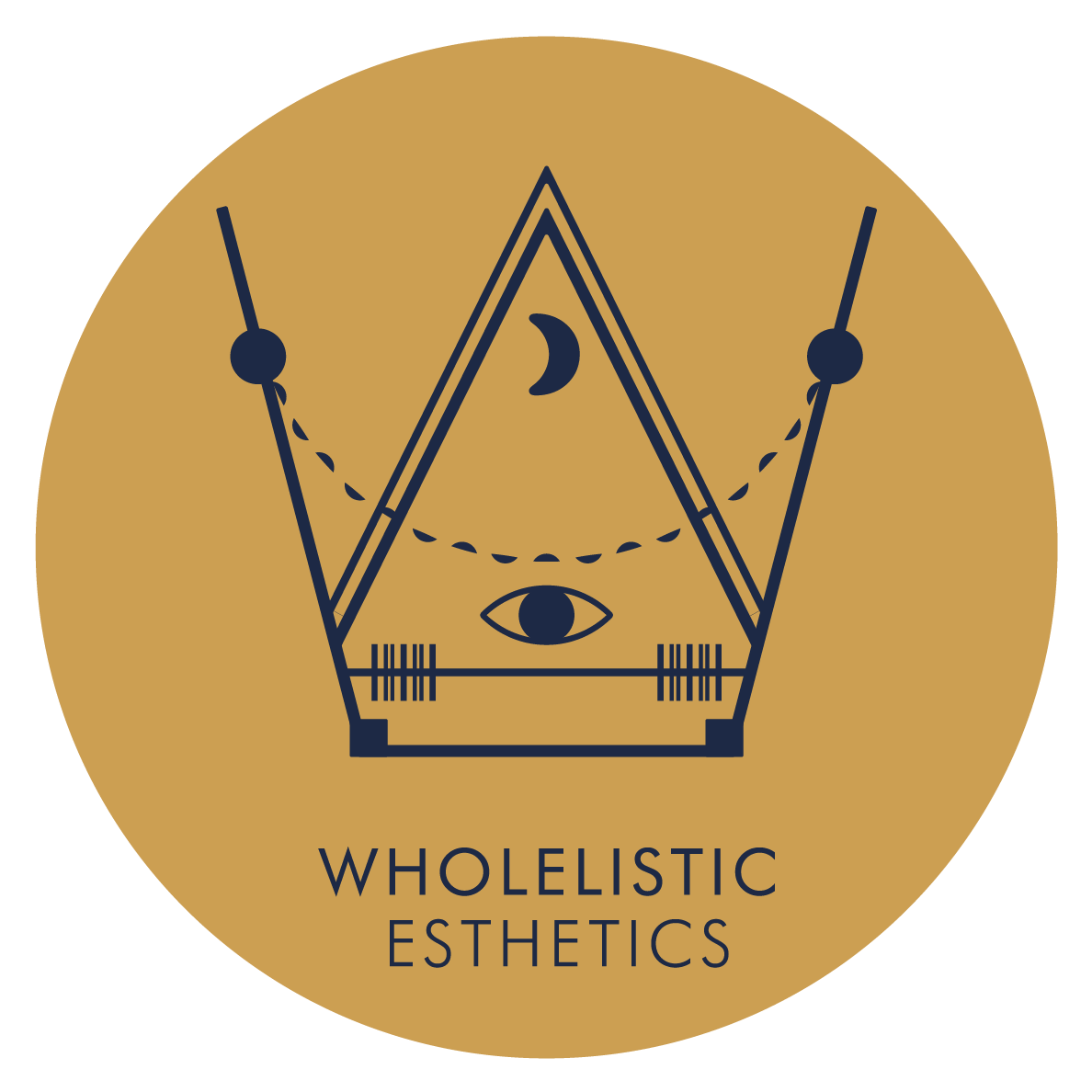Skincare Demystified: What's the Difference Between Retinol & Retinal and Which One You Need
Vitamin A derivatives like Trentinoin are going viral. What’s all the hype?
Retinol and Retinal are both made from Vitamin A. Depending on the process, you can end up with a few different types of ingredients. All of them aim to speed up cellular turnover to enhance the look and feel of skin. Here’s a quick breakdown of each ingredient, which one you may want to try, and why, as holistic estheticians, we tend to not recommend them in their processed form.
Retinol: Vitamin A derivative that is known to speed up cellular turnover making your skin think it is ‘younger than it is’. Available over the counter. It needs to be converted to Retinal and then Retinoic Acid before it can become bio-available to the skin. That double chemical process happens on the surface of the skin which is one reason it causes dryness and irritation in most people. Conventionally recommended for those with oily, congested skin that isn’t sensitive.
Retinal: Also known as Retinaldehyde, only has to go through one chemical process to become Retinoic Acid (bioavailable to your skin), and because of that ends up being effective 11 times faster than Retinol. It still may cause dryness and irritation in people with compromised barrier function. Conventionally recommended for those with a strong skin barrier that are noticing unwanted signs of aging.
Bakuchiol: a plant extract that offers the same skin benefits of a retinol, without the irksome side effects. It is derived from the psoralea corylifolia plant aka the "babchi" plant. Well known in the world of ayurveda, this ingredient has antioxidant, anti-inflammatory and antibacterial properties in addition to encouraging healthy tissue function and increased cellular turnover. Generally recommended for anyone that is concerned with signs of aging (prevention and correction), especially those whose skin tends to be more sensitive.
SOMETHING ELSE TO CONSIDER
From a Wholelistic perspective, we love working with whole plants and plant derived ingredients because of how they naturally work synergistically with your skin. Plants that contain vitamin A generally also contain vitamins C and E, both of which are necessary for effective bioavailability. We also love a well supported diverse microbiome and working with plant ingredients tends to support a flourishing colony of microorganisms necessary for ultimate barrier function.
Anytime an ingredient that originated in plant form and is isolated in a lab for use in skincare, it is stripped of the “assistant” ingredients that originally made that isolate bioavailable to the skin. Laurel Skin has come up with a beautiful solution with their Compounds. These topical serums act as skin supplements providing high concentrations of the active ingredients we want without stripping away the necessary assistant ingredients. For example, their Radiance Compound contains a high concentration of brightening, full-spectrum Vit C, resurfacing AHAs and reparative flavanoids that all work together to support the healthiest levels of desquamation (cellular turnover).
Constantly inflaming the surface of the skin with a retinol that is said to make you look younger seems counterintuitive since chronic inflammation is a huge component to pre-mature aging….
If you are starting to notice unwanted signs of aging or fatigue, we recommend the Esse Bakuchiol Serum or the Laurel whole plant Antiaging Serum to start. Ask your esthetician which product or ingredient is right for you and your skin type!
All of the information provided here is for your own consideration and never comes from a place of judgment. The majority of the beauty industry is all about marketing and selling you products based on your fear of aging so they don’t always have your best interest at heart! We are just looking out for you and hoping you take the time to check in with your body, do your research and make decisions that are best for YOU at this time.
XOXO

